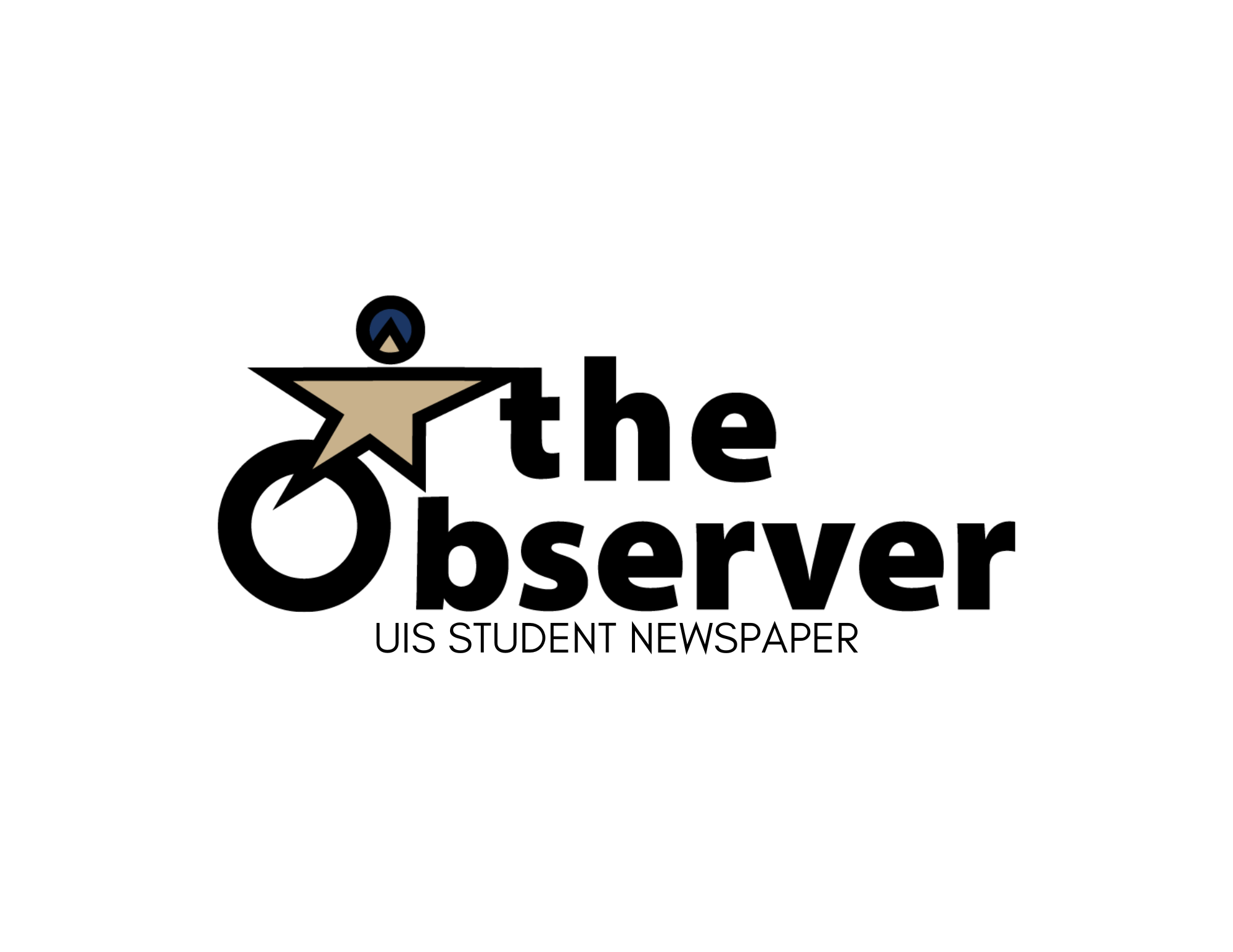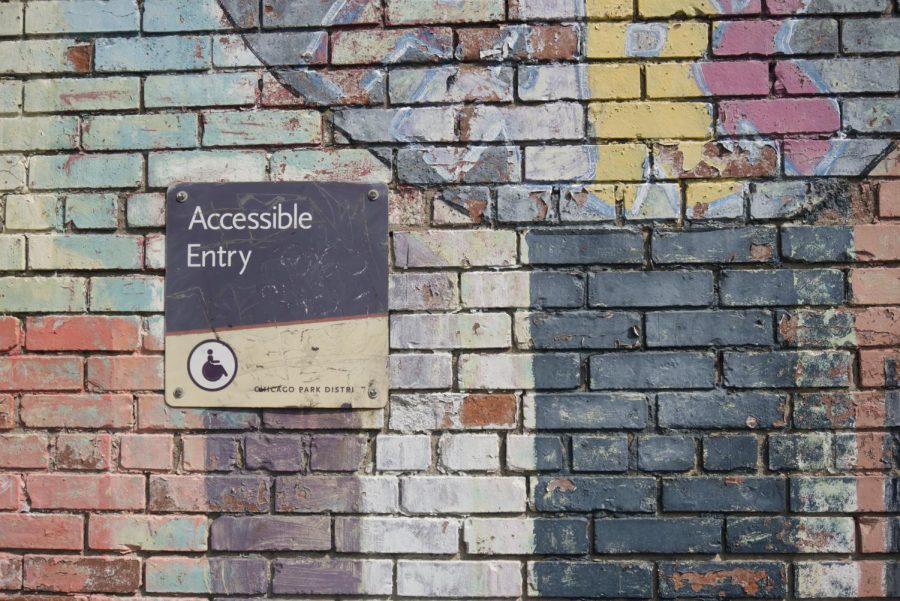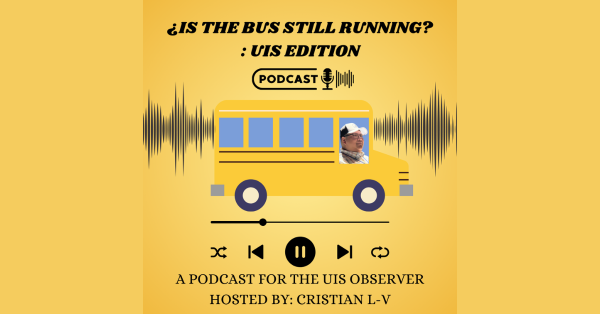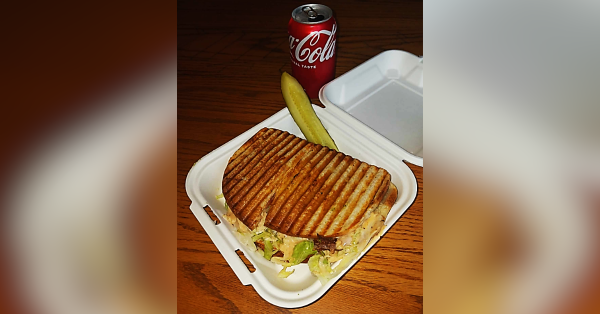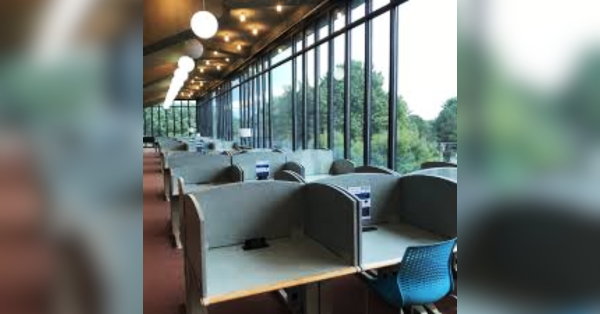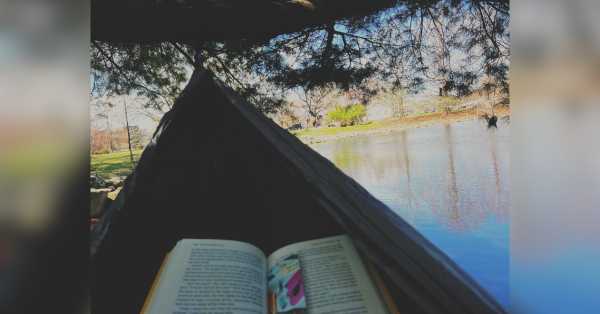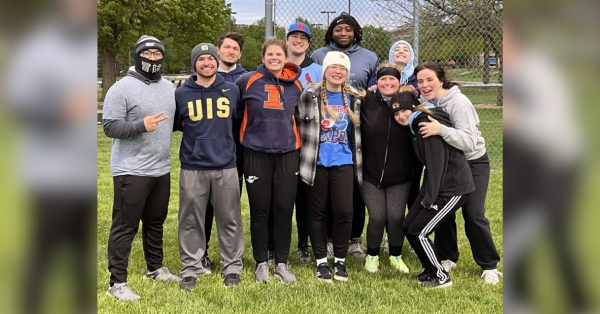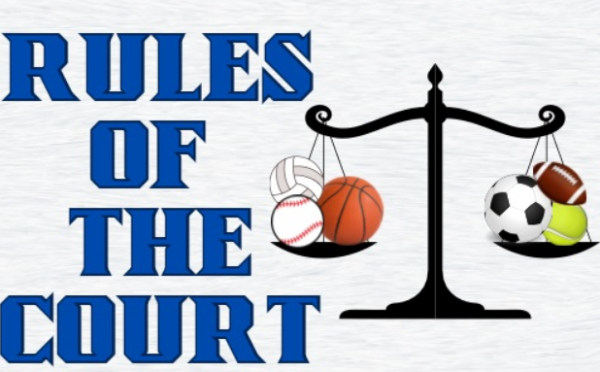Campus Disability Accessibility at UIS
In the State of Illinois, the Americans with Disabilities Act (ADA) is intended to protect American individuals with disabilities from discrimination and injustice, providing a legally-enforced right for all individuals with disabilities to receive equal treatment, opportunities, and access to facilities, rights to basic liberties and more. This is given strong consideration within schools and work facilities and is considered within universities as well. While universities follow a different approach to student accessibility than primary and secondary schools do, the base guidelines that protect students remain.
With the legal and ethical importance of considering accommodations and accessibility of college campuses, it is invaluable to both UIS students and faculty that the disability accessibility at UIS is given consistent consideration. This includes taking a look at both visible and invisible disabilities, as well as how well the Office of Disability Services (ODS) and UIS campus fare at making the campus an equitable environment for all UIS students and faculty.
Before moving forward, there are a few definitions to keep in mind:
1. Accessibility: the quality of materials, facilities, and the campus as a whole being easy to use or function in, regardless of the physical or cognitive ability of students.
2. Accommodation: A legally mandated modification or service that gives a student with a disability an equal opportunity to benefit from the educational process.
3. Disability: An impairment that substantially limits one or more major life activities.
4. Discrimination: intentional or unintentional exclusionary behaviors/settings that prevent disabled individuals from the opportunity for an equal experience to non-disabled individuals (a thorough definition is listed under Section 12112 in the ADA).
Expectations and Positives
When it comes to disabilities, it is required by ADA guidelines that universities like UIS adjust the environment where all students can make their way around regardless of their level of ability. This includes, but is not limited to, the addition of two-way activation switches for all possible doors to allow handicap accessibility, ramps with railings wherever possible, lowered areas of the curb for ease of movement to the sidewalk, accessible bathroom stalls, handicap seating with ease of access to exits, ADA-approved housing, etc.
Given these expectations, UIS does provide some of these requirements. The majority of the bathrooms on the campus have activation switches for doors, there are ramps in some areas to allow for wheelchair accessibility, and elevators in all buildings with more than one floor. UIS Associate Vice Chancellor of Facilities and Services Chuck Coderko addressed the efforts that have been made over the past year to make improvements to sidewalk conditions across campus. Some of the more notable areas include the following sidewalk regions and corridors:
1. Main Quad around the east side of the Public Affairs Center.
2. Main Quad around the west side of the Brookens Library.
3. “Teardrop” entrance drive that accesses the first floor of the Public Affairs Center on the Northside of campus.
4. New sidewalk installation from parking lot H to the Richard Wright Dr. crosswalk.
5. New sidewalk installation from parking lot A running between the Visual and Performing Arts building and Student Affairs building to the East Quad.
6. New sidewalk installation along Eliza Farnham Drive running both east and west for improved access to parking lots C, D & E.
These are positive aspects of the accessibility at UIS and are well worth mentioning as they help to welcome students with disabilities to a campus that does its best to follow ADA guidelines.
The expectations held for invisible disabilities are relatively similar, as there are expectations of reasonable efforts made to ensure an equitable experience for students, regardless of abilities. This includes, but is not limited to, access to interpreters, ADA-approved housing, the opportunity for preferential seating, the opportunity for lecture recording and notes from courses, etc. That said, UIS has done well to provide a good deal of valuable information on the ODS web page. This includes information regarding the process for receiving disability-related accommodations, policies and procedures, commonly asked questions students may have, and more. It is an important resource that students may access and can provide a good sense of what to expect through UIS ODS. Chrisa Potthast, Disability Counselor for ODS also called attention to the yearly efforts from ODS to attend Preview Days, Orientations, and Welcome Week, and involvement also serves well to provide incoming students with a better understanding of the UIS ODS support and requirements.
Issues for Visible Disabilities
Despite having activation switches, there is an issue with doors on campus having a one-way-only system of these switches. This effectively prevents the standard two-direction entry and exit through certain activation switch doors. One location where this is a particular issue is in the Student Union bathroom, with the inside area not having an exit button despite there being an entrance button outside the door. This can potentially trap students inside the restroom and is a clear issue since it prevents certain students from independence regardless of level of ability. Notable locations where this is concerning include the back entrance to the Public Affairs Center (PAC) as well as the bathroom in the Student Union.
The sidewalks on Legacy campus are another point of concern since the cracks and uneven grounds are not safe for any wheeled travel, especially wheelchairs. This extends throughout and paired with the incredibly steep ramp towards legacy campus just past the library, this creates an environment that is unsafe for those with disabilities. 3rd-year Exercise Science Major, Dee Innis, faced this issue when wheelchair-bound for a period of time and asserts that “It is unacceptable for the Office of Disability Services to be in an area of campus that is riddled with uneven and unsafe paths and the furthest point from the majority of housing instead of a central location.”
With regard to visual impairments, railings near and around areas with uneven terrain or dangerous slopes would be ideal to prevent injury. However, there are areas of campus where railings could prevent such injury and are absent, such as the slope just past the library that leads to Legacy campus.
Issues for Invisible Disabilities
When it comes to requesting/receiving accommodations, a very important aspect of this process is clear communication streamlines between students and their disability counselor. The student experience with this has been mixed, with many highlighting how they had quick and helpful interactions with their disability counselor. Others, however, faced issues with receiving a response in a timely manner and found the process to receive accommodations to be disheartening.
There are concerns when it comes to student housing, as well. Brooklyn Chaney, third-year biology major and Housing Commons desk attendant, found a particular issue with the consistency of accessibility in campus housing. She highlighted how, due to the lack of a walk-in shower in a Sunflower Court townhouse, the quality of accessibility was diminished regardless of any of the other ADA accommodations. This has been found to be a widespread issue, with a lack of identification as to which housing units have different degrees of accommodations, which is not ideal when students are attempting to receive housing accommodations. This can easily lead to discouragement in students when their living situation causes a negative experience and impacts the quality of life of UIS students.
Future Improvements
When it comes to campus improvements, a large factor for certain adjustments that need to be made is funding, and there is hope that with more funding that more improvements will be made.
Chuck Coderko has addressed that there are plans in place on the part of the University to develop the east quad area on campus, as well as remove the sunken courtyard on Legacy campus in an effort to increase its appeal. With this is the intention to improve surrounding sidewalks on Legacy campus in the hope that a steady line of improvements can be done for the sake of appearance and positive campus experience.
With regard to the improvements that will be made on Legacy campus and the connected side walkways, there is a tentative timeline of one year. While there was, unfortunately, no provided timeline for other improvements, a reassessment will be conducted in September 2022 in order to gain a clear sense of when some of the requested changes will be made at UIS. With hope, this may be the opportunity for UIS students to get a greater scope as to when changes will be made, especially considering the areas where change is now to be anticipated.
UIS welcomes comments and concerns regarding improvements that could be made to meet student needs with ADA guidelines in mind, which may be directed to [email protected].


